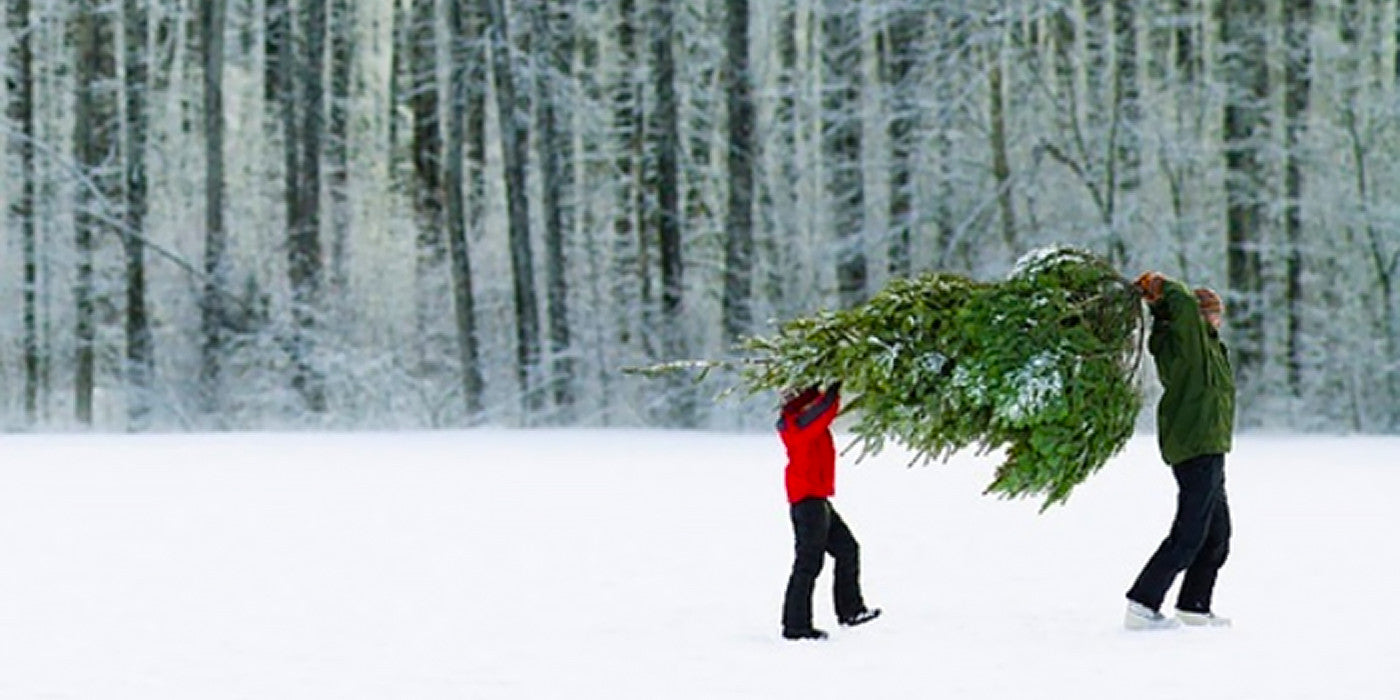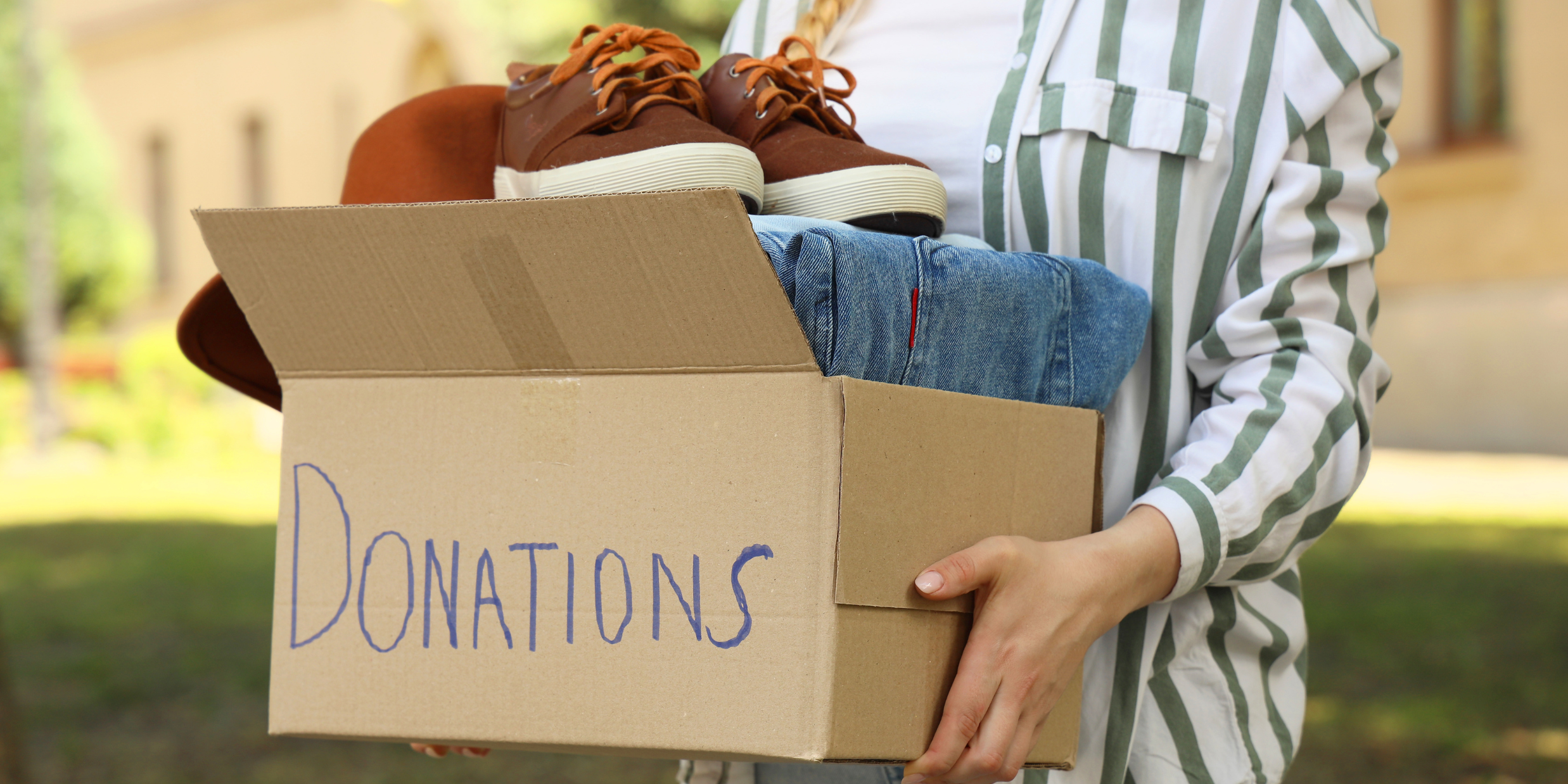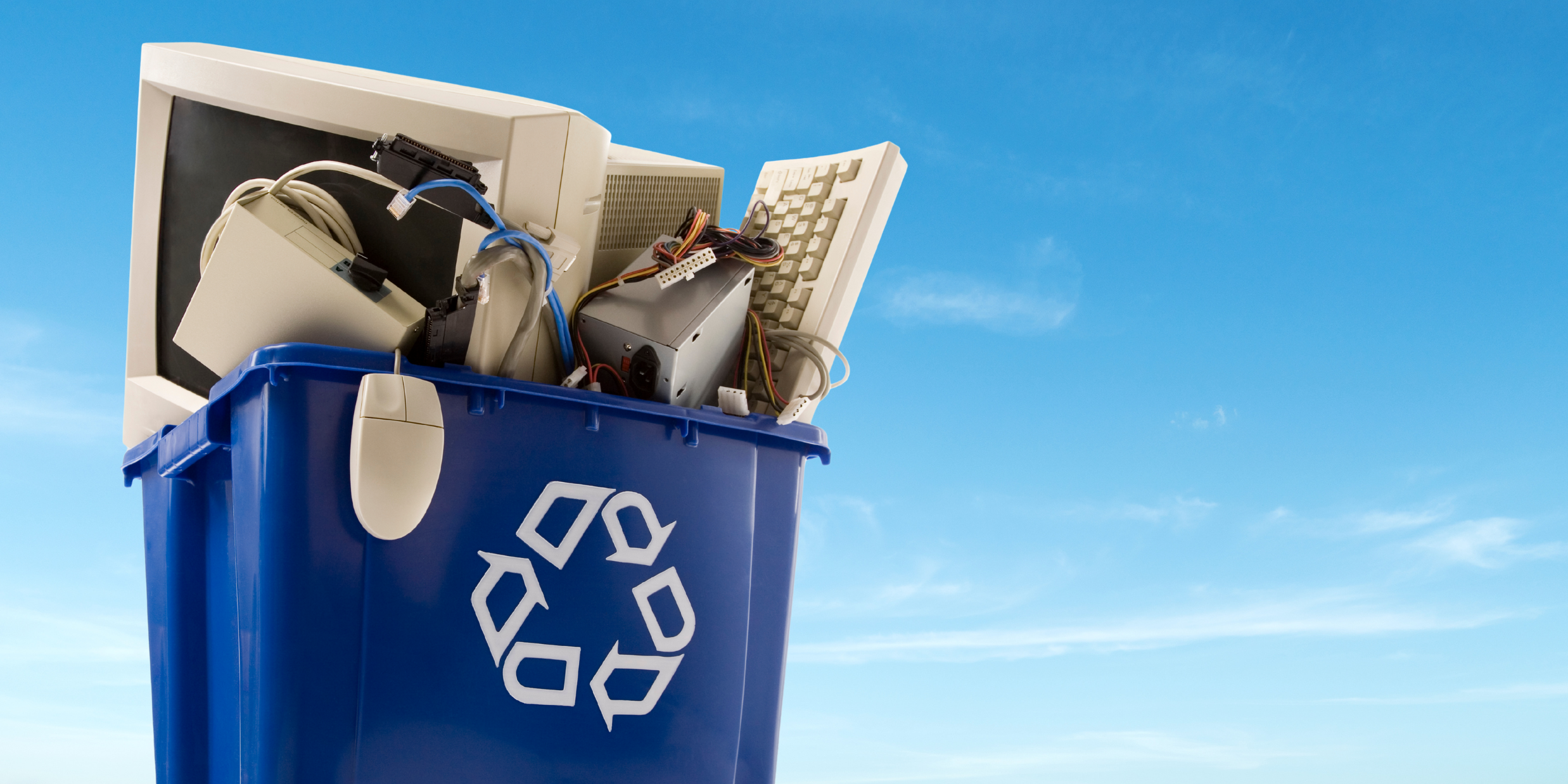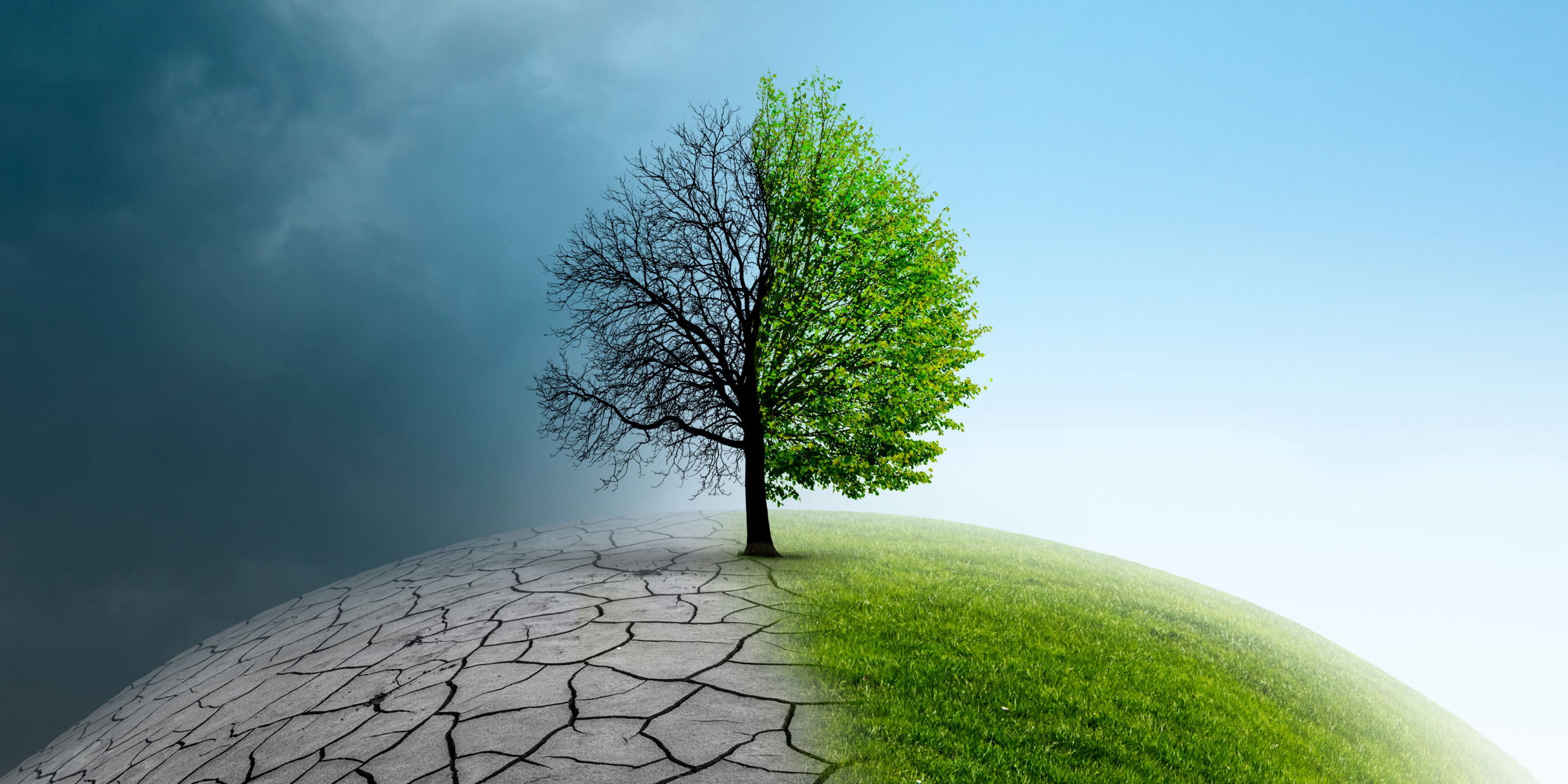An “eco-friendly Christmas”. That’s a myth, right?
Any other time of the year, you try to make as many eco-friendly choices as possible in your day-to-day life. But, let’s face it: most of our day-to-day routines all but disappear during the holiday season.
With shopping, wrapping, cooking, entertaining, and traveling, you’re lucky if you get to have a moment to yourself between Black Friday and New Year’s Day.
The holiday hustle demands sacrifices; being mindful of your environmental impact is often one of them.
But there are plenty of ways you can have an eco-friendly Christmas without forking over any extra money, time, or trips to the store.
Here’s a few of our favorite ideas:
Get creative with green Christmas gifts and wrapping:
- Wrap with materials you already have laying around. Newspapers, magazines, coupon junk mail. This article on SheKnows gives tons of ideas on what you can use, including making your packaging part of the gift.
- Say ‘no’ to the plastic bow. Use organic fabric ribbons instead and add sprigs of holly, pine needles, or cinnamon sticks to make it earthy, festive, and eye-catching.
- Save your gift bags and tissue paper each year. If your minimalist alter-ego is cringing at the thought of more things to store in the house, check out this Pinterest board for some neat-freak-approved ideas for storing gift bags.
- DIY eco gifts. They’re not just about having fun, being creative, and checking a bunch of people off your gift list all at once. They also allow you to choose the type of materials you want, and don’t want, in your creation. Organic, non-toxic, biodegradable, recyclable; you choose. Same goes for the packaging.
- Buy a set of reusable cloth gift bags, like these Enkiteng bags from Seeds to Sew International. They’re handmade by Maasai women and girls in Kenya, and all proceeds go straight back to them - it’s a win for humanity AND for the environment.

MABLE toothbrush gift wrapped using sustainable and biodegradable materials.
Choose green Christmas decorations; pick natural and low-impact products:
- Avoid the artificial trees. The most eco-friendly Christmas tree is a real one. Bonus points for cutting it down yourself.
- Buy LED string lights. They take up a lot less energy than incandescent bulbs. Plus they’re brighter, last longer, and don’t put off so much heat.
- Switch to solar-powered candles for the windows. No batteries or electricity needed at all.
- Go old school and use natural tree decorations, like pine cones and real holly sprigs. And here’s a great tutorial for making the classic popcorn cranberry garland! Periodic snacking is allowed--we won’t tell.
- Plankton-friendly glitter. Christmas inspires us to make everything as sparkly and shiny as possible. But did you know that glitter is made of tiny pieces of microplastics? Instead, use biodegradable glitter. Start on Etsy and see all the marvelous colors you can get.

Decorate your real tree with natural, wood or clay ornaments, like this one by Bloglovin.
Entertain like an eco-conscious pro:
- Buy compostable plates, napkins, and utensils instead of paper or plastic (or using up water and power to run the dishwasher repeatedly). And no, they don’t all look like cardboard. Companies like Susty Party make delightfully stylish compostable products.
- Be smart with leftovers. Try to avoid them in the first place by carefully planning your menu and shopping list. But when you do have leftovers, take the opportunity to get crafty in the kitchen! Make up new recipes. Freeze as many things as possible. If you’re stumped, check out this leftover recipe generator from BigOven. You can enter in three leftover items, and it will reward you with interesting recipes that combine them.
- Ask your guests to carpool, and help them make the arrangements by putting ones who live near each other in touch. It’s a great way to get them mingling and making friends before the party even starts.

Have you tried any of these? Let us know in the comments how YOUR eco-friendly Christmas is going (DIY “fails” welcome!).
Happy Holidays! Happy Smiles.
Thanks to the following sources for our inspiration: Sustainable Baby Steps, Seeds to Sew, Huffington Post, Susty Party, Inhabitat, BigOven, SheKnows, and Salty Canary.






Share:
The Clean, Strong, Sustainable Wood...That Isn’t Even Wood
7 Things Eco-conscious Hikers Always Do